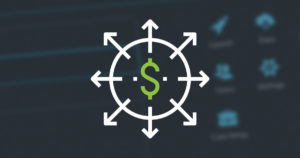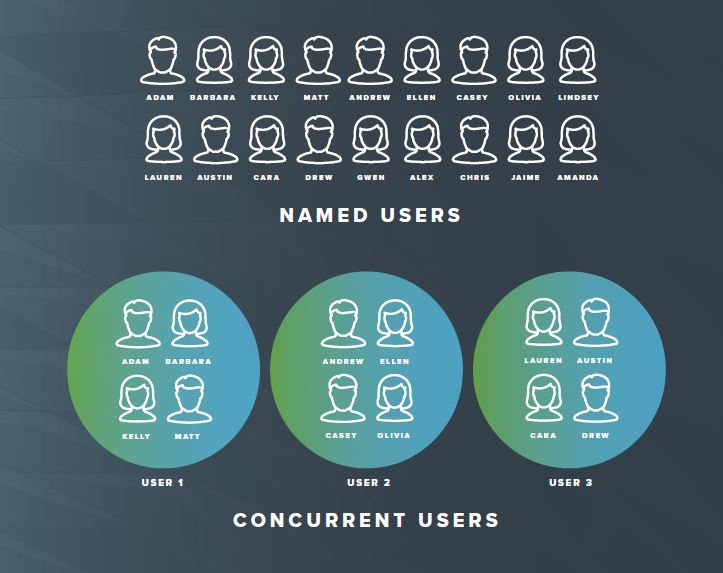Avoid Hidden eDiscovery Vendor Costs with These 4 Questions
It’s easy to think of eDiscovery processing and review as a race to the bottom, especially as budgets and timelines get tighter. But be warned: Some...
4 min read
ONE Discovery
:
May 17, 2018 12:00:00 AM

Ask anyone in eDiscovery who works with service providers or makes software selections what they hate about the process and the answer will almost always be the lack of consistency or predictability when it comes to pricing. eDiscovery is an industry still in its infancy and, as such, it has undergone several distinct and sometimes dramatic changes over the years. The result? Pricing has fluctuated wildly and no one really knows the answer to the question: How much does eDiscovery software cost?
While today the per unit (be it per gigabyte or per user) average cost of eDiscovery has decreased and stabilized to some extent, total costs continue to rise because of the ever-growing amount of data being created daily that becomes pertinent to matters that arise. Additionally, pricing models are still incredibly inconsistent making annual costs almost impossible to accurately estimate.
When eDiscovery started to become a necessary in the early ‘90s, prices were astronomical. The few eDiscovery service providers in existence could charge higher prices because there were limited alternatives and the process of efficiently handling electronic data was still being developed. Not to mention the work was complex and arduous. Having software in-house to do any of the work was unheard of.
As more companies entered the eDiscovery space, the prices started to naturally decrease. Law firms that wanted to get better prices for their own firms and for their clients were instrumental in driving prices down. Between 2005 and 2016, the cost of eDiscovery fell from astronomical heights to what many would call bottom of the barrel. Law firms responsible for explaining the costs back to corporate clients inexperienced in eDiscovery pushed for a much more commoditized system, often shifting their purchasing decision priorities to price rather than quality.
eDiscovery service providers, determined to stay in business despite the price drops, began to bundle their services to maintain a palatable price threshold. Unfortunately, contracts with fewer upfront charges often came with inflated project management fees, consulting hours or other extras to make up for the gap. At around the same time, Adoption of Early Case Assessment (ECA) surged as a way to ultimately pay less to have the data culled before review in an effort to reduce the overall cost.
Also at play were corporate clients becoming better educated on their eDiscovery spend who started to bring the process in-house or dictate to outside counsel and service providers what they would spend and how. Finally, we saw a large uptick in software sales. Service providers and larger law firms were not the only ones bringing software in house, corporations and firms of all sizes saw the value of having technology at their finger-tips. Finally, in more recent years, one of the greatest factors to drive down price for software has been the explosive acceptance of using software in the cloud. Eliminating the need for expensive hardware.
Today, corporate clients are much savvier when it comes to eDiscovery and have, in many cases, stepped into the role of selecting service providers or software as well as working more closely with the outside counsel, and a new desire has emerged: a minimum cost predictability upfront.
Software companies, in response, have come up with cleverer ways to answer the question “how much does eDiscovery software cost?” by charging for their eDiscovery offerings and expertise using one of primarily three pricing models:
This model is typically seen in the purchase of software. In this model, the buyer signs a contract to lock in a price rate for a certain term and a set volume (gigabytes) or users or both. The biggest complaint with this model is that it doesn’t account for periods of busyness or slowness and cannot be adjusted during the timeframe. If you are a law firm for example and a client hands you a huge case that will only last six months, the contract for more usage would need to be re-signed at the higher rate for the full term – so you’d be wasting money for services you didn’t necessarily need. Despite the frustration with this method of pricing, it’s still a strategy that some of the biggest names in eDiscovery use. As an alternative, many buyers of software with no pricing flexibility will bring on a second software option with more flexibility to handle the matters that would normally require a burst to their initial software subscription. A workaround that can result in significant savings.
The pay-as-you-go method is becoming a fast favorite for SaaS offerings in the market but is one that service providers have been using since inception. Services are paid for piecemeal as they are used, typically in a cloud deployment. As an alternative to the contract model, it’s attractive because processing, hosting, analyzing and more can be had at a single predictable price. The downside with this model—whether in a SaaS or a service provider arrangement—is determining who has access to and ultimate control of the data.
Similar to the pay-as-you-go, fair and flexible pricing is a strategy that eliminates unnecessary expenses. This strategy is one often sought of software providers. It centers on providing the right sized software for client needs and accounts for any ebbs and flows in business. During busy times, clients can scale up and add more processing power, more user seats and more space as needed for any length of time. After the busy time ends, it’s easy to return to the baseline standard without signing any type of contract or commitment. This model creates cost predictability and cost containment with no overages, and though it’s fairly rare to find in the eDiscovery industry, it’s the basis on which ONE Discovery was built.
Finding the right eDiscovery software is a significant enough undertaking without having to do complex number crunching to make sure the solution won’t eventually blow your budget. While right-sizing will always be a part of the selection process, a fair and flexible pricing model means you can focus your time and energy on evaluating what really matters: performance, responsiveness and accuracy.
There are three red flags that can signal an unfair pricing model. Find out what they are.

It’s easy to think of eDiscovery processing and review as a race to the bottom, especially as budgets and timelines get tighter. But be warned: Some...

No one wants to pay for things they don’t need, and eDiscovery and litigation support professionals are no exception. Unfortunately, the space is...

The cost of eDiscovery technology can be exorbitant, especially when that big case comes in. Getting away from named user licenses is one way to...